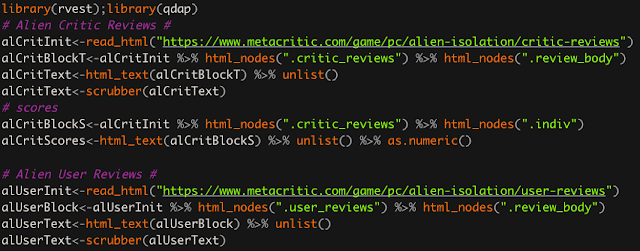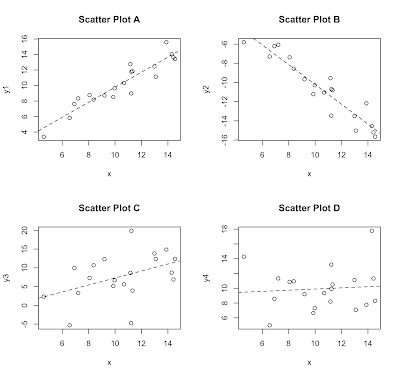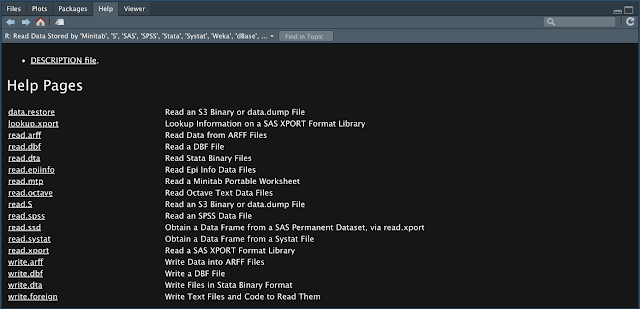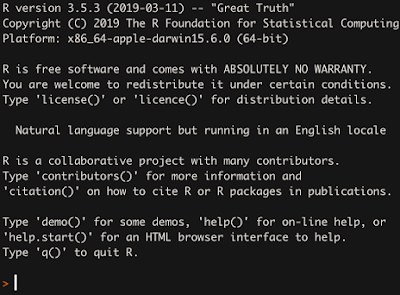Which Game is the Scariest? Alien: Isolation, Dead Space, Dead Space 2, or Silent Hill 2? An R Halloween Analysis!

I wanted to get into the halloween spirit by doing some kind of horror themed analytics post. The idea of combining R, data analytics, and the macabre isn't as straightforward as some may think (yes, that was a joke). While I don't care for horror movies, for some reason, I enjoy survival horror video games. Not playing them, of course. I'm far too squeamish for that. I usually watch youtube videos of other people playing them to spare myself a panic attack. I'm the kind of guy who would start playing the game and once the atmosphere became intense, I would just go, "NOPE", turn off the game and walk away. Of the survival horror games I've seen, the Dead Space franchise is up there. I also love the Alien franchise, though that franchise has suffered from a number of awful releases (including movies). Alien: Isolation is a gem, whose intense atmosphere makes every footstep nerve-racking. Lastly, I wanted to include another game that I haven't see...





